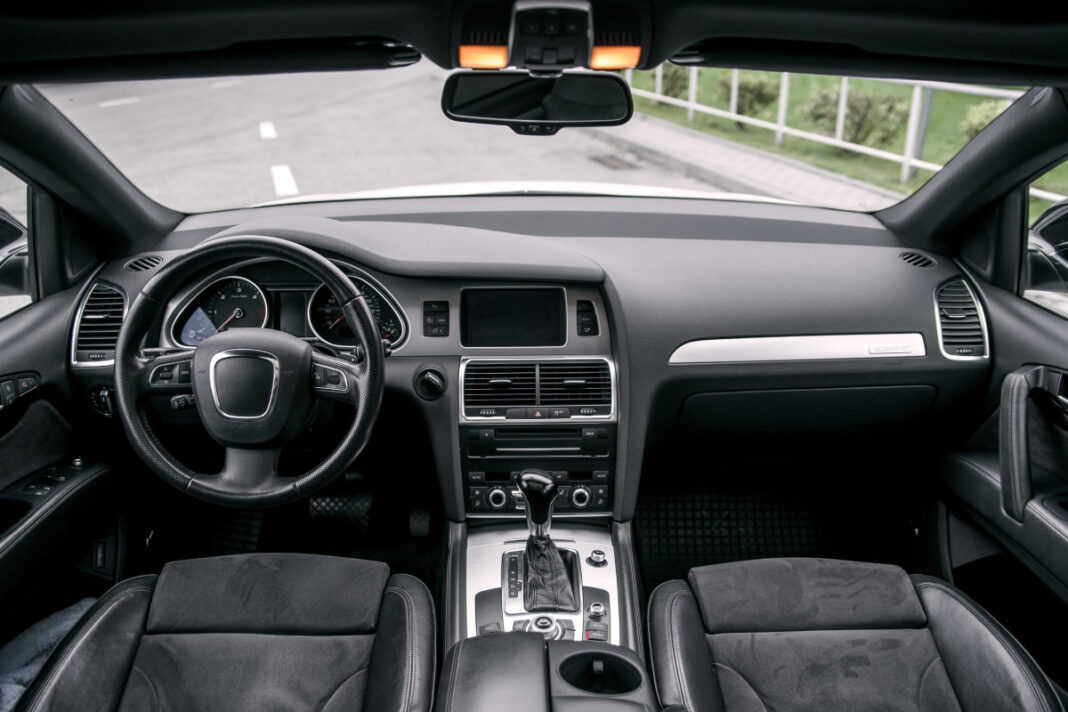A modern infotainment system, heated seats, ambient cabin lighting, etc., are all attractive, advanced features to have in a car. But the attributes that trump all of those in terms of necessity are safety features. The right safety specs can not only protect the occupants in the event of an accident but can help prevent such unforeseen events altogether. Many new vehicles today have advanced safety systems that go far beyond basic airbags and seatbelts.
Besides allowing one to make informed decisions when buying a vehicle, understanding these technologies helps one use them effectively, potentially reducing the risk of accidents and the severity of collisions.
1) Side Curtain Airbags
Certain vehicle features are mandated by law due to safety reasons. Airbags are one of them. But the law only mandates front airbags for the driver and front passenger. Side curtain airbags, however, go a step further by offering more protection and even extending it to the rear occupants. These airbags are deployed from the roof lining along the side windows. So, owing to their design, they can protect passengers’ heads during a side-impact collision or rollover.
2) Blind Spot Monitoring
If there is one aspect of driving that even the best drivers can struggle with, it is the limited visibility due to the car’s blind spots. As the name suggests, these are areas around the vehicle that are not visible to the driver, even through the mirrors. Ergo, these can make turning and lane changing quite difficult and almost dangerous, as it can lead to collisions. This is why a blind spot detection system stands out as one of the top car safety features to have. It uses sensors to detect objects or vehicles approaching these blind spots and alert the driver about them.
3) Forward Collision Warning
Another crash prevention safety feature that is a must-have for cars is the forward collision warning system. This feature also uses multiple sensors and cameras to determine the vehicle’s speed, the speed of the car driving ahead of it, and the distance between the two. Based on the calculated data, it then alerts the driver before a potential collision. The alert might be in the form of an audio or visual warning and timed right to give the driver a few critical seconds to react.
4) Rear Cross-Traffic Warning
Backup cameras are yet another mandated safety feature that all cars are expected to have. However, for an added layer of safety to avoid potential crashes while backing up, one must consider investing in a rear-cross traffic warning system. Like the backup camera, this feature also gets activated when the car is in reverse mode. It works by sending an alert to the driver if its sensors detect any vehicles approaching or crossing from either side of the car. Again, with the help of audio or visual warnings, drivers can get enough time to react and stop reversing the car and prevent any possible collisions.
5) Lane Departure Warning and Lane Centering Assistance
Maintaining proper lane discipline is critical for road safety, especially during long highway drives or when traveling in low-visibility conditions. Unplanned and accidental drifting to a different lane poses the risk of colliding with other vehicles driving in that lane. This is why a lane departure warning system is among the most useful car safety technologies. Unintentional shifting from a lane can happen due to various factors such as distractions, poor lane markings, or drowsiness. This feature helps drivers prevent such issues by alerting them when the car starts moving out of the lane.
The lane-centering assistance system goes a step ahead by gently adjusting the steering to keep the vehicle centered within the lane. Both these features use cameras to detect lane markings. And together, they can help prevent off-road accidents and sideways collisions.
6) Adaptive Cruise Control
While cruise control has been a common driver assistance feature for a long time, drivers today find cars with adaptive cruise control more appealing. The former only helped by maintaining a constant speed of the car that was set by the driver. Adaptive cruise control, however, can do more. Instead of maintaining a constant speed, it adjusts the speed of the car to match the speed of the vehicle driving ahead. So if the vehicle ahead slows down, it automatically reduces its speed. And once it notices a clear road ahead, it resumes at a faster speed. Along with preventing collisions, this feature also helps reduce the driver’s fatigue on long journeys.
7) Pedestrian Detection
This feature uses a set of cameras and sensors to detect pedestrians crossing a car’s path. The pedestrian detection system is basically a more advanced version of forward collision detection.
8) Automatic Emergency Braking
One of the most advanced and critical safety features, automatic emergency braking, is something that all cars should have. In fact, the National Highway Traffic Safety Administration (NHTSA) also recognizes this and has made the feature mandatory for all vehicles sold from September 1, 2029, onwards. As its name suggests, the feature is designed to constantly monitor the road for potential obstacles or vehicles and apply brakes automatically upon detecting a possible crash.


